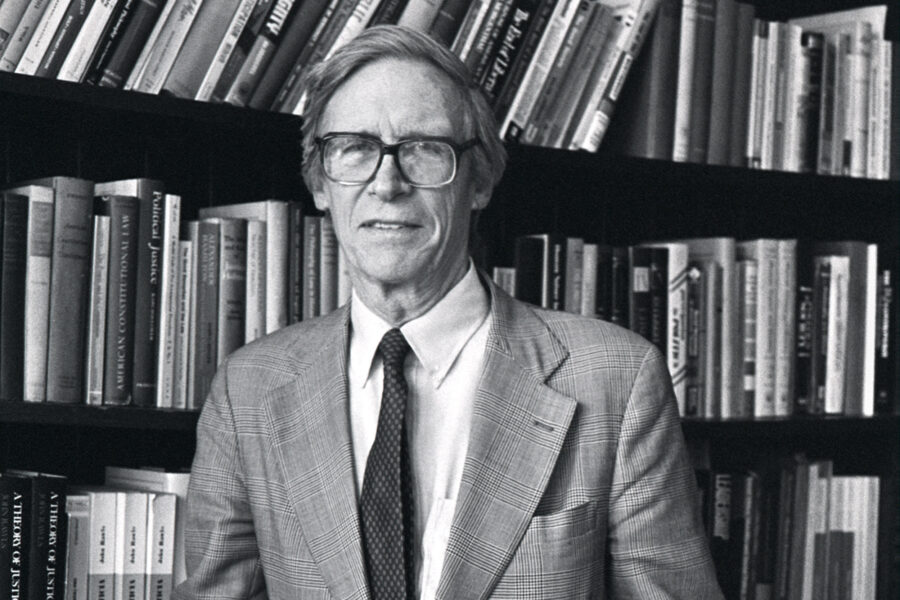Definition of the following concepts
To aid understanding of what I shall be talking about it is important to start by defining two concepts integral to my discussion: liberalism and feminism. Hereby I wish also to broaden any pre-existing perspectives one might have about the concepts.
Liberalism
As briefly mentioned in the introduction, liberalism is not a homogeneous entity. Not to be confused with the solely political body of thought libertarianism’ (which coincides with liberalism but is merely interested in the interference by the state (Nagel and Nozick 137)), because of its name. André van der Putte describes the definitions of John Rawls’ liberalism and that this definition is characterized by its “factual pluralism”(103) and that with that, there are two strands of thought which exist within the current one definition: liberalism focussed on autonomy and liberalism focussed on diversity and tolerance. As such, Rawls definition of liberalism reads: “Liberalism is the attempt to accept and manage diversity, disagreement between groups on matters such as the nature of the good life, the sources of moral authority, reason or faith, etc., through mutual non-interference and refusal to exercise the states power to impose their own vision.”(103). Here we find both the core points of liberalism and the ambiguity it bears, for it is difficult to both accept and manage diversity whilst not to interfere in ones life. As such I will continue to base my argumentation on the previously stated definition.

.
.
.
.
.
.
.
d
Feminism
Feminism consists of three, some argue four, phases and could be regarded as a sister doctrine to liberalism (Abbey 1). This is supported by the fact that first wave feminism sprung up in a political liberalist landscape in the mid-to-late nineteenth century as stated by Martha Rampton. Not only was first wave feminism related to liberalism but it was also associated with abolitionist movements. Where first wave feminism was focussed on creating equal opportunities for women, second wave feminism dug deeper into the sexual and reproductive rights as Rampton states. This wave again saw the feminist movements combine their force with other movements such as the Black Power movement. The last wave as stated by Rampton “was informed by Post-colonial and Post-modern thinking.” And its aim was to destabilize the constructs created by these discourses. To define feminism I looked at the broader definition, as for every wave it could be defined different, as presented by Rosalind Delmar in her chapter ‘What is feminism?’. She defines feminism as follows: “Feminism is usually defined as an active desire to change women’s position in society.”(13). As Delmar states this a predominate way to define feminism throughout feminist history and as such I will use this definition.

